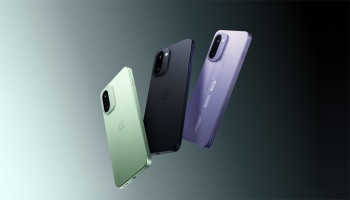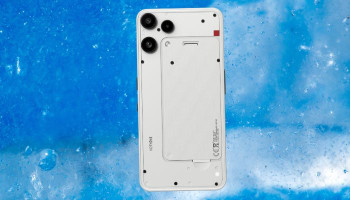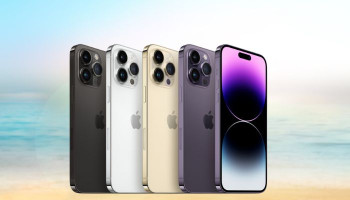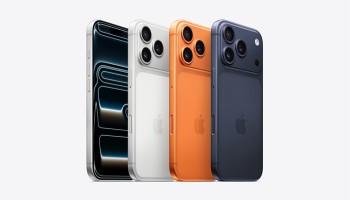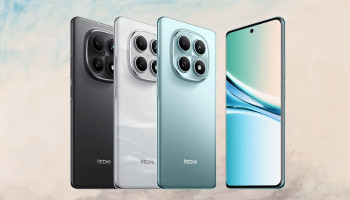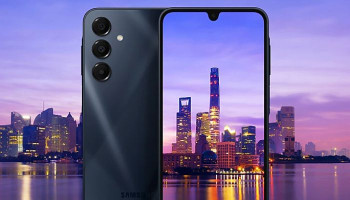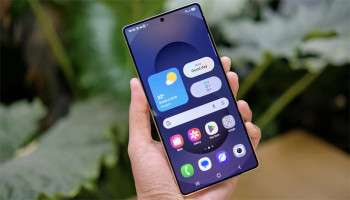
Xiaomi, a Chinese tech giant, is going for the luxury category with the objective of capturing market share in the INR 50,000 smartphone market.
Anuj Sharma, CMO, of Xiaomi India, said that the company is planning to release a smartphone priced around INR 50,000. This new Xiaomi smartphone will fill the space between the Redmi Note 13 Pro+ 5G, which starts at INR 30,999 (8 RAM with 256GB storage space) and goes up to INR 34,999 (12 RAM with 512GB storage space), and the flagship, Xiaomi 14, which costs INR 69,999.
"When approaching a price band in the middle, INR 50,000 is a significant price point in the premium category, which is comparable to INR 9,999 in the economic segment. When this internet phenomenon began in 2014-2015, INR 9,999 and INR 10,999 merchandise were seen quite differently in India.
"In addition, spending more than INR 50000 or keeping below INR 50000 dramatically alters the customer perspective. "Over the years, the INR 50,000 smartphone segment has been forgotten," Sharma stated, explaining how this segment has recently been a wasted opportunity for most smartphone players.
Read more: Android 15 unveils top 8 features
The INR 50,000 pricing bracket contains only a few players. There's iQOO, which advertises its products to performance-oriented people. OnePlus has largely done well in this sector, riding high on the popularity of the 11R and 12R, although both have small specifications increases and are hardly groundbreaking in terms of what is available at this price point.
However, Apple and Samsung take completely different tactics. Apple's iPhone SE is available for people who prefer a compact smartphone or may upgrade to the iPhone 13 at discounted pricing from e-commerce giants.
Moreover, Samsung just announced the Galaxy A55 for INR 45,000, up the base S24 price this year. Xiaomi is attempting to capitalise on the obvious smartphone market deficit.
Xiaomi in 2024
A Chinese tech giant, Xiaomi, has been a major player in the smartphone industry this year, with tremendous growth. According to expert evaluations, the Redmi Note and Xiaomi 14 series were warmly welcomed.
Xiaomi leads the sub-$100 smartphone sector. This strong momentum has continued over from 2023, following a difficult 2022 for the corporation.
Sharma discussed how the firm utilised user feedback and the lessons gained from last year's Xiaomi 13 Pro launch. One of the most important lessons Xiaomi has learned is to streamline its product selection to make it easier for customers to pick.
Sharma stated: "Over the last five years, between INR 20,000 and INR 40,000, we have had some super successful launches — Redmi K series, which was INR 22 to 27K, then Xiaomi 10i, 11i, and 11i Hypercharge - all of them had some significant volumes. All of them were on a three-year upgrading schedule."
"If we can do the right justice at the right price point and laddering, it becomes a viable upgrade path," Sharma added.
Read more: Google Project GameFace introduces hands-free navigation feature for Android users
Is the offline market essential for expensive smartphones?
Xiaomi already has a large retail presence, which they would utilise to promote their burgeoning premium smartphone lineup. Regarding the offline approach, Sharma stated: "The entire retail strategy is built on experience."
"We began moving in this approach after the pandemic because, when you move up in a price point, the first gadget you buy from a brand or series must be offline. Most individuals try it a few times before deciding. It makes no difference if they buy it from Mi.com, FlipKart, or Amazon later on. However, the experience comes from the retail counters."
"So, early last year, we discussed expanding retail capabilities. We are working on the issue. Whether you go to Mi Home or Mi stores, or we work with our organised trade partners, we are trying to ensure that there is some kind of demo, there is a bit more understanding with a shopkeeper in terms of what we offer, so that they can make things right and talk about the right products. The allure of the Xiaomi 14 and Ultra resides in the first time you grasp them. No spec sheet can convince you, and then the time you start the camera," Sharma added.





